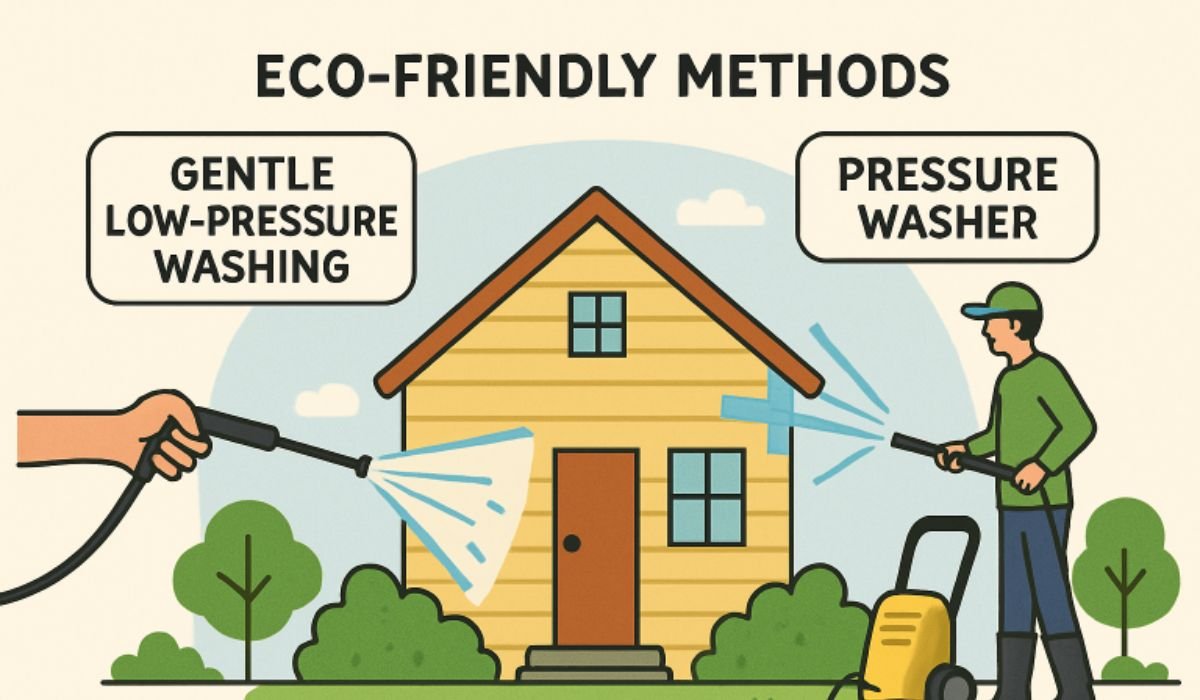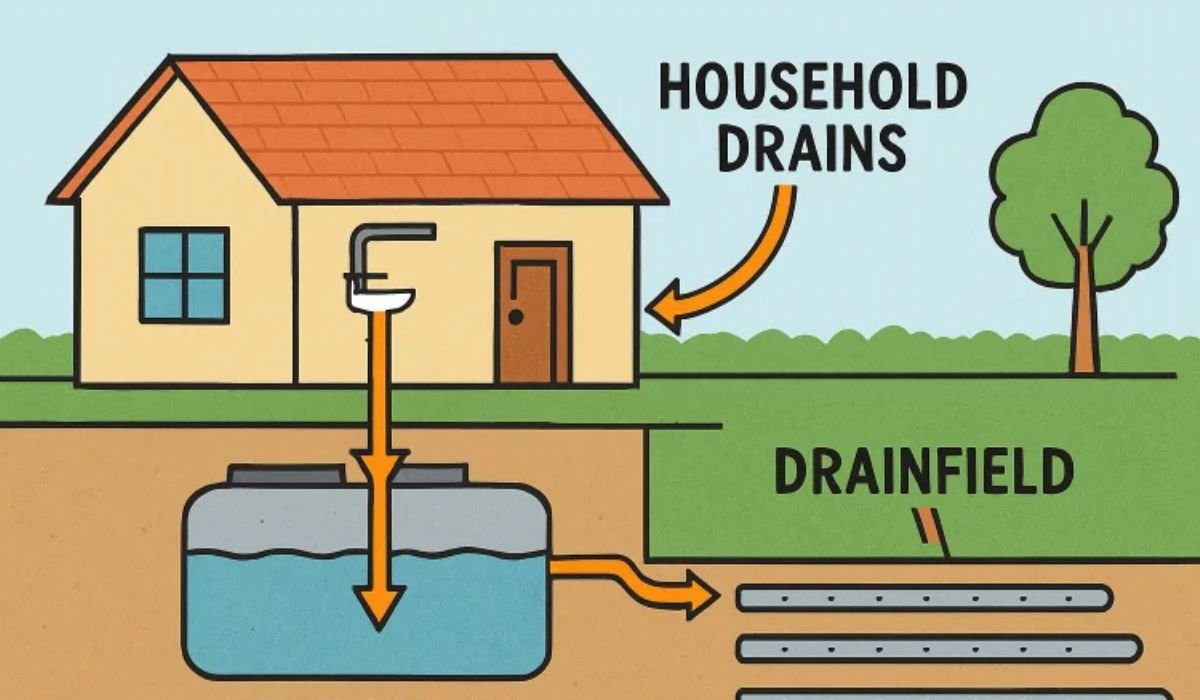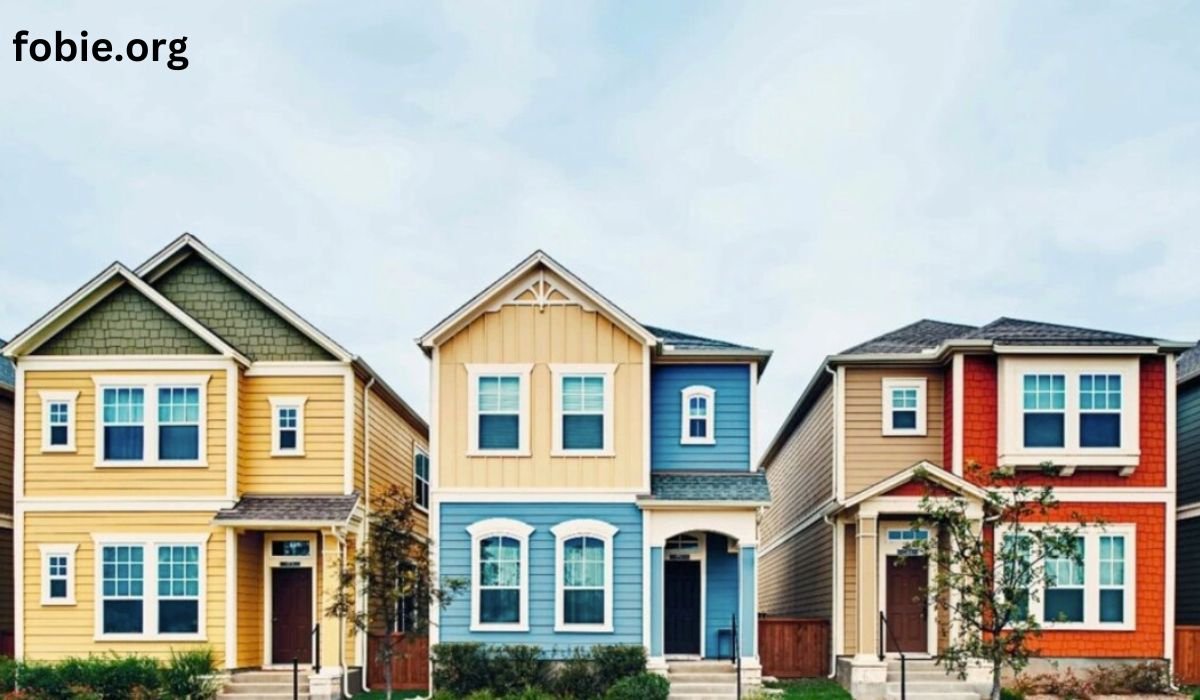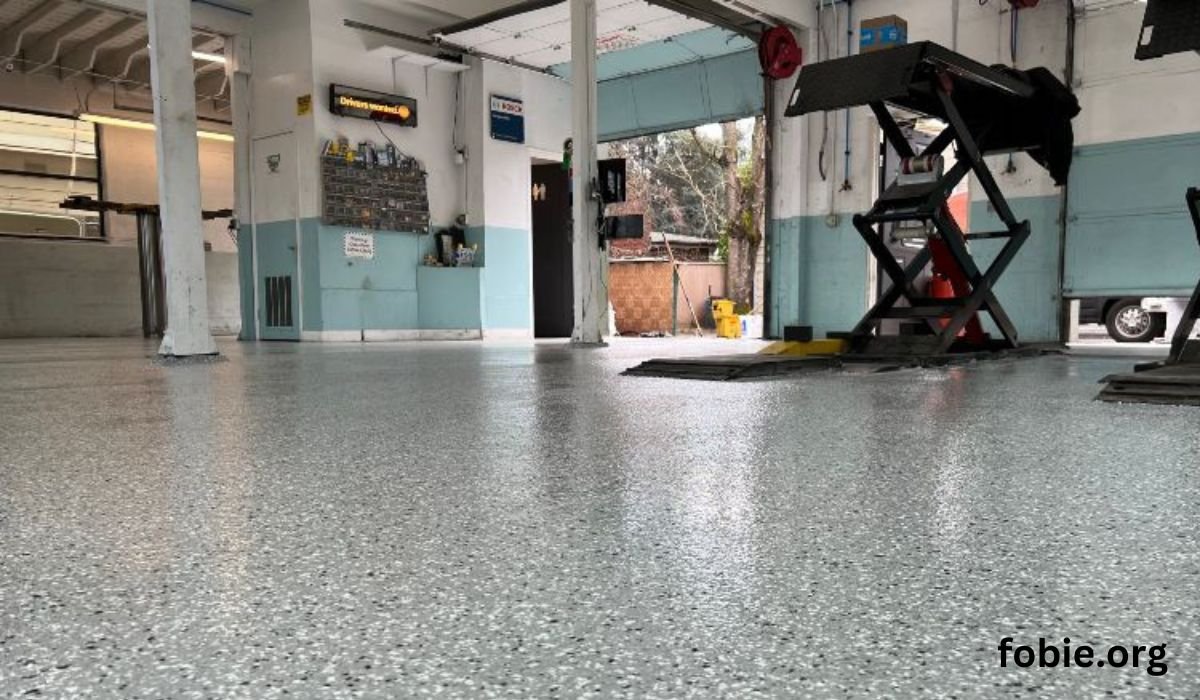As the summer heat waves roll in, the quest to find cost-effective and environmentally friendly ways to keep our homes cool becomes more pressing. Air conditioning, while effective, comes with high energy costs and a substantial carbon footprint.
Fortunately, there are innovative ways to keep your house cool without AC, focusing on the strategic use of textiles. This post explores practical and creative strategies to beat the heat, incorporating textiles that not only enhance your home’s aesthetics but also its thermal efficiency.
Understanding Heat Dynamics
Before diving into textile solutions, it’s crucial to understand how heat operates. Heat enters our homes through windows, doors, and walls, and it’s retained by the materials inside.
By managing both the entry and accumulation of heat, we can significantly reduce indoor temperatures. This is where textiles play a pivotal role.
Window Attachments and Treatments: A First Line of Defense
One of the most straightforward methods to block heat is through window attachments and treatments. Light-colored curtains, drapes, and blinds reflect sunlight, while heavier fabrics offer an additional insulation layer, preventing heat from entering through the windows.
- Reflective Curtains
One of the simplest yet most effective ways to keep your home cool is by using reflective curtains or drapes. These textiles are designed to reflect sunlight and heat away from your windows, acting as a barrier to prevent heat from entering your living spaces.
By choosing curtains with a light-colored or reflective backing, you can significantly reduce the amount of heat that passes through your windows, keeping your rooms cooler throughout the day.
- Layering Fabrics
Layering fabrics is a clever and visually appealing strategy to manage indoor temperatures effectively, especially during the warmer months. This approach involves using multiple layers of fabrics with different properties and weights to create a dynamic barrier against heat.
Combining sheer and opaque fabrics, including polyester fabric, allows you to control the amount of light and heat entering the room.
⦁ Sheer Layer: The first layer, closest to the window, should be made of a lightweight, sheer fabric. This layer allows natural light to enter the room while diffusing harsh sunlight and minimizing glare. Sheer fabrics, such as voile or lightweight polyester blends, can also catch breezes to help cool the room naturally.
⦁ Opaque Layer: The second layer is a heavier, opaque fabric that provides substantial insulation and light blocking. During the hottest parts of the day, drawing this layer closed can significantly reduce heat gain from direct sunlight. Materials like thick cotton, blackout fabrics, or thermal-lined curtains are ideal for this layer.
During the peak sun hours, close the opaque curtains, and as the sun sets, switch to the sheer ones to maintain privacy without trapping heat.
Bonus: External Window Coverings
Installing external coverings such as awnings, shutters, or even green trellises can significantly reduce the amount of heat your windows absorb.
Awnings provide shade, reducing direct sunlight, while shutters add an extra layer of insulation. Green trellises, on the other hand, use vegetation to create a natural barrier against heat, adding both beauty and function to your home’s exterior.
Innovative Textile Solutions for Cooling
Beyond window treatments, other textile innovations can keep your house cool without relying on air conditioning.
- Cooling Bed Sheets
Switch to cooling beddings made from lightweight and breathable materials like bamboo. These fabrics wick away moisture and promote air circulation, making your nights cooler and more comfortable. - Thermal Insulation Fabrics
Thermal insulation fabrics go a step further by not only reflecting heat but also providing an insulation layer that traps cool air inside. These fabrics are typically made from high-tech materials that have been engineered to provide maximum insulation.
Installing thermal insulated curtains can help maintain a consistent and comfortable temperature in your home, reducing the need for artificial cooling.
DIY Projects for a Cooler Home
For those who enjoy crafting, there are plenty of DIY projects to explore that utilize cool textiles:
⦁ Create Your Own Shade Panels: Using breathable, light-colored fabrics, you can create outdoor shade panels for your patio or balcony. These panels provide shade, reducing heat transfer through windows and glass doors.
⦁ Design Your Cooling Door Curtains: Hang lightweight, moisture-wicking curtains in doorways to cool the air as it moves through different parts of your home. The movement of air through the fabric helps evaporate moisture, creating a cooling effect.
⦁ DIY Window Awning: Construct a simple window awning using outdoor fabric that is durable and light-reflecting. This project not only adds a charming aesthetic to your home’s exterior but also blocks direct sunlight from entering through the windows, reducing indoor heat and reliance on artificial cooling.
⦁ Homemade Cooling Mattress Covers: Craft your cooling mattress covers by choosing fabrics that are known for their breathability and moisture-wicking properties, such as linen or specially treated polyester. These materials help regulate body temperature and keep you cool throughout the night, ensuring a comfortable sleep without the need for air conditioning.
Conclusion
Keeping your house cool without AC is not only possible but can also be an opportunity to refresh your home’s look with innovative textiles. From strategic window attachments to the use of innovative fabrics, there are numerous ways to beat the heat.
By incorporating these textiles into your décor, you can create a cooler, more comfortable home environment that’s both stylish and sustainable. Thus, transforming your home into a cool oasis, even in the height of summer.











